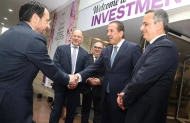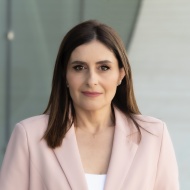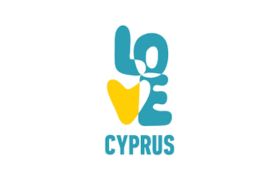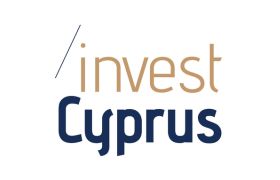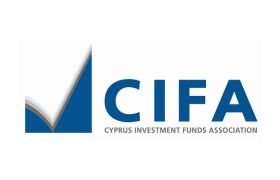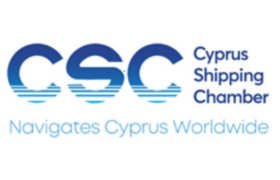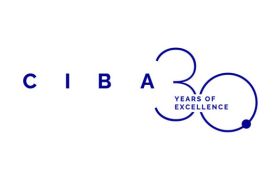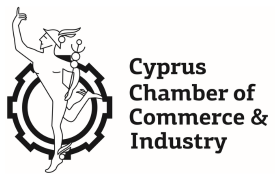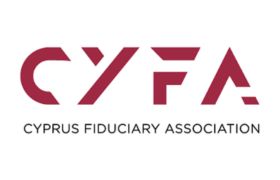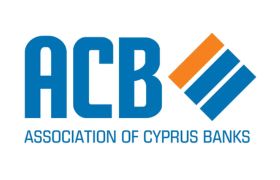Larnaca has begun work on what is expected to become one of Cyprus’ most important cultural landmarks, a €30 million Art and Design Centre set to be completed by 2030.
Designed by world-renowned British firm Foster and Partners, the project will also include the Museum of People and serve as the flagship of the city’s European Capital of Culture bid. The complex will be built on a 4,000-square-metre seaside plot, granted by the Petrolina Group as compensation. The site, located next to the American University of Cyprus, forms part of the wider ‘Larnaca – Land of Tomorrow’ regeneration zone. The aim is for the centre to become a landmark for both the new district and the city as a whole, and for that reason, Foster, who also designed the area’s masterplan, was chosen to lead the project.
Last week, Mayor Andreas Vyras and Larnaca 2030 officials met with Foster and Partners to begin shaping the building’s design. According to Vyras, the project will proceed whether or not Larnaca wins the Capital of Culture title. “By September, they will bring us the preliminary plans for the Cultural Centre, which will be built whether or not Larnaca receives the title of Cultural Capital,” he told Philenews. He noted that the plot came from zoning agreements under community infrastructure provisions. He added that a town planning application has already been submitted. Once the initial designs are delivered, the municipality will begin preparing for implementation and securing funding. Part of the financing, he said, will come from developer compensation in the area. “Beyond this, however, because this is a very important project for Larnaca, in the next phase of funds from the European Cohesion Programme, priority will be given to securing funding for the cultural centre.”
The site, opposite the former refinery facilities and previously home to Petrolina’s oil tanks, is currently undergoing ground decontamination, expected to finish by the end of the year. The centre will consist of three core structures, which are the Art Centre, the Design Centre and the Museum of People.
According to Kelly Diapouli, artistic director of Larnaca 2030, the initiative is “a cultural centre that does not exist in Cyprus” and will serve as the organisation’s main operational base. “This project is the heart of Larnaca’s bid and will be the home of Larnaca 2030. Our programme has many events in the neighbourhoods of the city and the province, but all of them will operate centrally through this space. The radical change in the city’s cultural ecosystem will be based on it,” she said. She also stressed the importance of the partnership with Foster and Partners, “whose every new building becomes a point of reference.”
The Art Centre will feature two performance spaces, including one reconfigurable hall with a capacity of 1,000 to 1,500 people. “The main space will not be static, but will transform and adapt to the needs of each event,” she explained. “The stage will be smaller or larger and in this way it can be used for many different types of events. It will be possible to host, for example, an opera, but also a concert where people will be standing, or a graduation ceremony, or a conference.” She added, “We do not want to create an arts centre for the few or for specific layers of society. The goal is for the whole world to be able to appropriate the space, such as, for example, young people who will be able to use it for musical events.” A second 150-seat stage will host independent productions. Two exhibition halls will also be included. “The exhibitions will not necessarily always be visual,” Diapouli noted, “but they will have a modern curatorial approach, with the aim of offering an upgraded experience to the public.”
The Design Centre, meanwhile, will focus on creative innovation by combining local tradition with modern production methods. “It will be an incubator to cultivate design thinking,” she said. “It will bring together traditional techniques and professions, in which Larnaca has great wealth, such as ceramics, basketry or Lefkaritiko and Athienou lace, with modern design, where we also have other production techniques, such as 3D printing.” A dedicated lab will be set up for designers and artisans to collaborate. “Joint programmes will be developed so that designers and traditional craftsmen can communicate and co-create,” she said. The centre’s core theme — “common ground” — will be reflected in this shared space. “The Design Centre will create a common meeting place for tradition with modern creation,” she added. “The idea is to hatch collaborations and develop business ideas through programmes, so that more original and more marketable products can be produced.”
A large section of the building will function as a shop, showcasing Larnaca’s contemporary output, along with a restaurant and cafés. “The space will be accessible to everyone, popular as Larnaca is, but, at the same time, it will converse on an international level with contemporary trends in artistic creation,” she said.
The third component is the Museum of People, developed by Joseph Hadjikyriakos as an evolution of the Larnaca Archives, Phoebus Stavridis. Described as an ‘anti-museum’, it will turn everyday objects into stories through curated art and technology. As previously reported, visitors will be able to experience the space interactively through an app that personalises their journey. “The existence of the creative piece (Art and Design Centre) in combination with the Museum of People will give the substance of the point where identities are defined, importance is given to memory, but also the possibility of creating the future,” Hadjikyriakos said.
“When the space is operational, it will be one of the most important cultural centres in Cyprus, because what we are proposing is a centre for the management and promotion of culture, which will operate based on a system of cultural democracy,” he concluded.
Source: Cyprus Mail
